Following the arrest of activist Morara Kebaso, several anti-riot police officers were spotted in Nairobi’s Central Business District (CBD) amid concerns over possible protests.
The police presence comes in response to growing tensions, as citizens expressed outrage over the manner of Kebaso’s arrest.
With public frustration mounting on social media platforms, authorities are taking preemptive measures to control any potential protests, which have historically led to clashes with law enforcement in Kenya.
Kebaso’s arrest took place under unclear circumstances.
Reports indicate that six masked men stormed his office in Kahawa Sukari, Nairobi, with only one of the officers identifying himself as part of the Directorate of Criminal Investigations (DCI).
Following his arrest, many Kenyans took to social media, calling the incident an abduction and questioning the legality of the process.
The anger escalated, with activists and politicians like Kisii Senator Richard Onyonka criticizing the government’s actions.
Onyonka condemned the arrest, stating that the activist must either be released or presented in court, warning that failure to do so would severely damage the government’s credibility.
With the potential for protests looming, law enforcement deployed anti-riot units across strategic points in Nairobi’s CBD, particularly around government buildings and the Regional Police Headquarters, where Kebaso is believed to be held.
This show of force is part of a broader trend in the Kenyan government’s approach to civil unrest.
In recent years, demonstrations have often been met with heavy police presence, as seen during protests against controversial government policies like the Finance Bill.
Past protests in Kenya have often turned violent, with police using tear gas, water cannons, and even live ammunition to disperse crowds.
Human rights organizations have repeatedly criticized these tactics, citing excessive use of force and suppression of the right to peaceful assembly.
The deployment of police in the CBD signals the government’s intent to prevent a repeat of such incidents, though it has raised concerns among activists and civil society groups.
The arrest of Kebaso and the subsequent response from the police highlights the delicate balance between maintaining law and order and respecting citizens’ rights to free speech and peaceful protest.
While the exact reasons for his arrest remain unclear, the heavy-handed approach by the authorities has only fueled suspicion and anger among the public.
Activists are now calling for transparency in the case, with many urging for Kebaso’s immediate release.
In addition to the police presence, protests were reported outside the Regional Police Headquarters where Kebaso was being held.
Protestors gathered to demand his release, and tensions grew as police reportedly fired tear gas to disperse the crowd.
Such incidents further demonstrate the volatile relationship between law enforcement and the public in Kenya when it comes to matters of activism and government dissent.
With Kenyans closely monitoring developments surrounding Kebaso’s case.
The broader implications of his arrest will likely spark debates on civil liberties, the right to dissent, and the role of law enforcement in political matters.
The focus remains on whether a peaceful resolution will be reached or if tensions will escalate, leading to larger protests across Nairobi and other regions of Kenya.





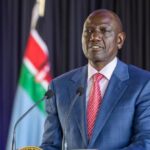

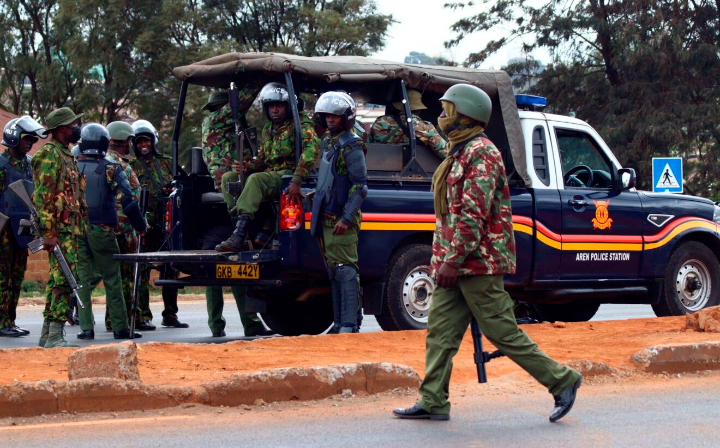
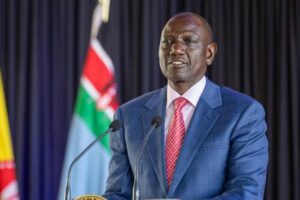
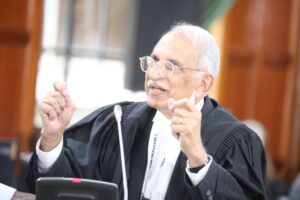
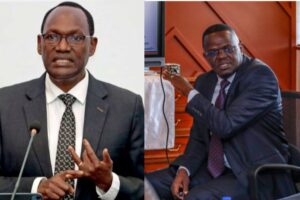
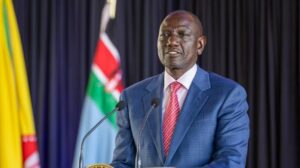
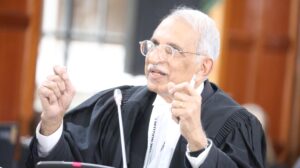

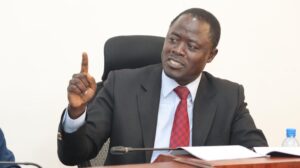

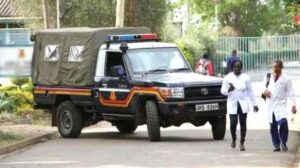

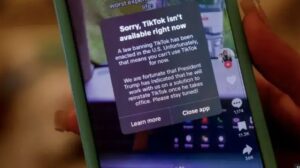


Add Comment